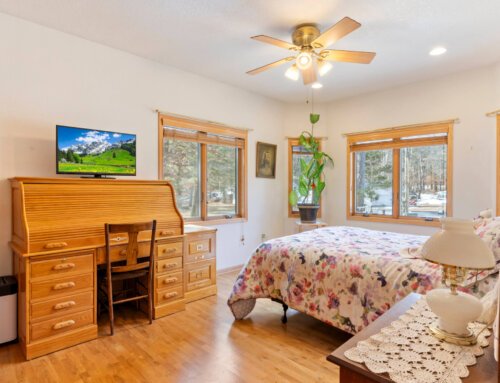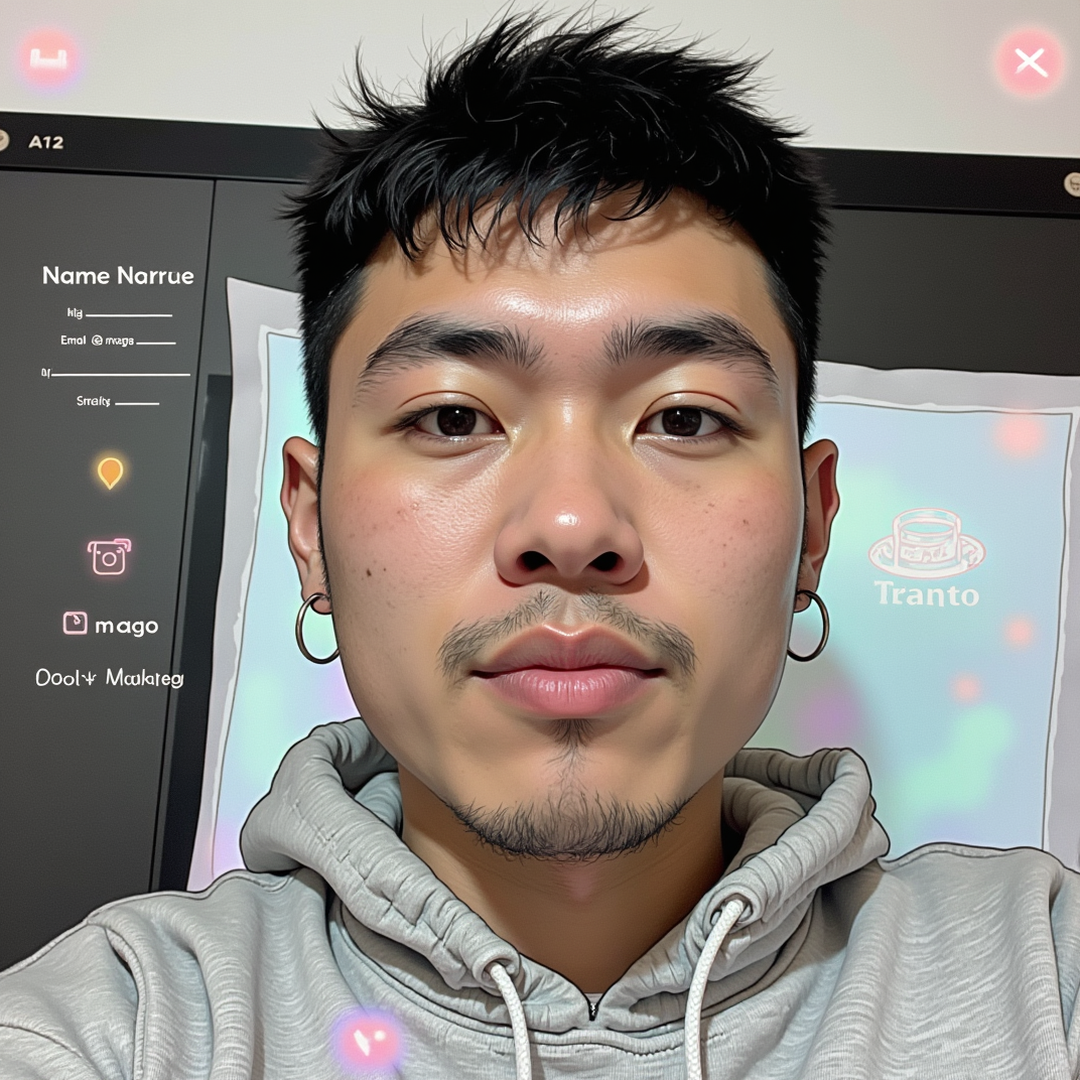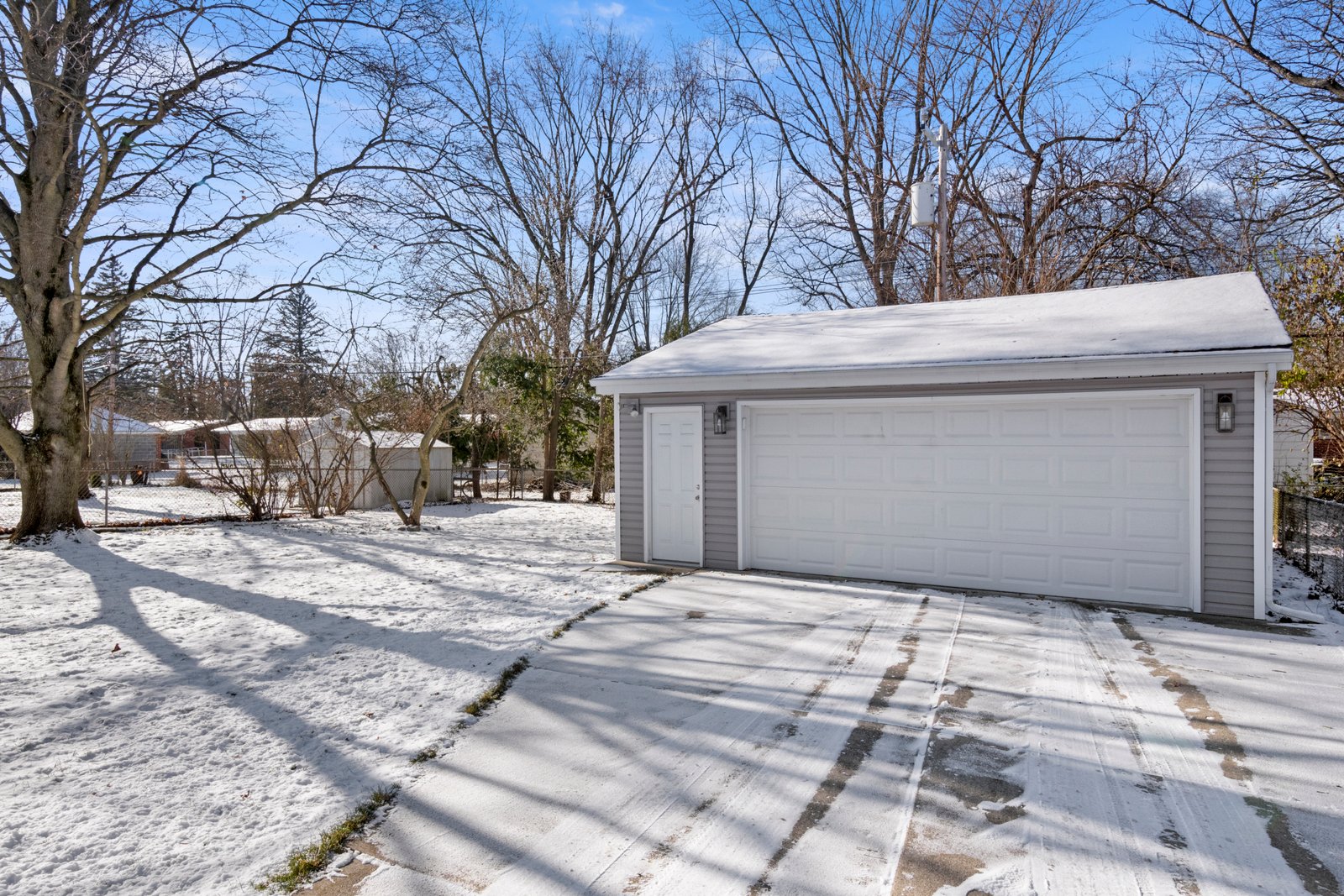
Real Estate Photo Editing: Improve Image Quality to Attract Clients in a Competitive Market
Real estate photo editing is the process of enhancing and optimizing real estate photographs to showcase properties in the best possible light. In today’s highly competitive real estate market, high-quality, visually appealing images are essential for attracting potential buyers and differentiating a property from the competition.
The Importance of High-Quality Real Estate Photography
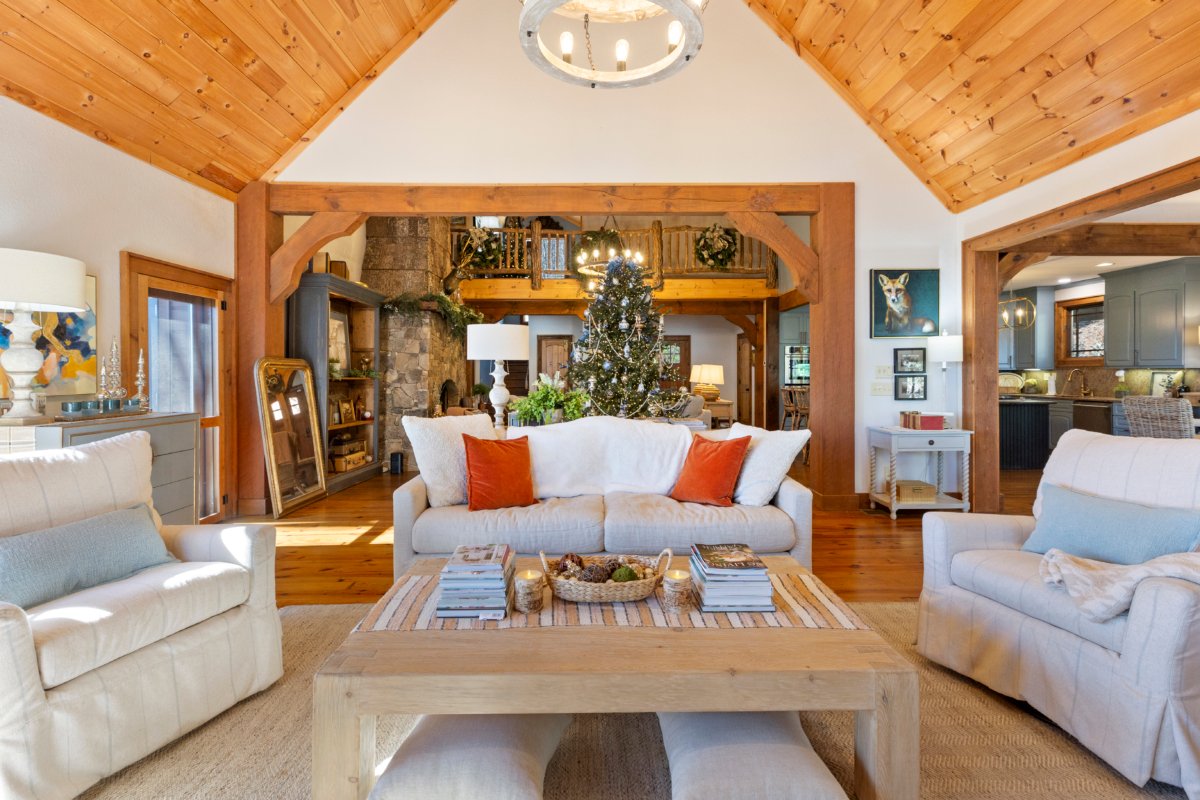
Real Estate Photo Editing
Real estate photography plays a crucial role in the success of a property listing. Potential buyers often form their first impressions of a property based on the images they see online or in marketing materials. High-quality, well-edited photos can make a significant difference in the perceived value and desirability of a property, ultimately leading to faster sales and higher prices.
Capturing the Essence of a Property
Skilled real estate photographers understand how to capture the unique features and characteristics of a property, highlighting its strengths and creating a visually compelling narrative. From capturing the perfect angles to utilizing natural lighting, the photographer’s expertise is essential in showcasing a property’s best attributes.
Showcasing a Property’s Potential
Real estate photo editing can transform an ordinary space into a visually stunning and appealing environment. By adjusting lighting, color, and composition, editors can accentuate a property’s strengths, minimize its flaws, and help potential buyers envision themselves living in the space.
Establishing an Emotional Connection
Effective real estate photo editing can evoke an emotional response from potential buyers. By creating a warm, inviting, and visually appealing atmosphere, editors can help buyers connect with the property on a personal level, increasing the likelihood of a successful sale.
The Role of Real Estate Photo Editing in a Competitive Market
In today’s real estate market, where properties are often competing for the attention of a limited number of buyers, the quality of a property’s visual representation can make all the difference. Real estate photo editing is essential for standing out in a crowded marketplace and attracting the right buyers.
Enhancing Curb Appeal
The first impression a property makes is crucial, and real estate photo editing can play a vital role in enhancing a property’s curb appeal. By adjusting lighting, color, and composition, editors can emphasize a property’s most attractive features, making it more visually appealing and enticing to potential buyers.
Showcasing Unique Selling Points
Every property has its own unique selling points, whether it’s a stunning view, a modern kitchen, or a beautifully landscaped yard. Real estate photo editing allows editors to highlight these features, making them more prominent and memorable in the minds of potential buyers.
Addressing Potential Flaws
No property is perfect, and real estate photo editing can be used to address and minimize potential flaws or drawbacks. By strategically editing images, editors can de-emphasize or conceal any issues, presenting the property in the best possible light.
Specific Techniques and Strategies for Effective Real Estate Photo Editing
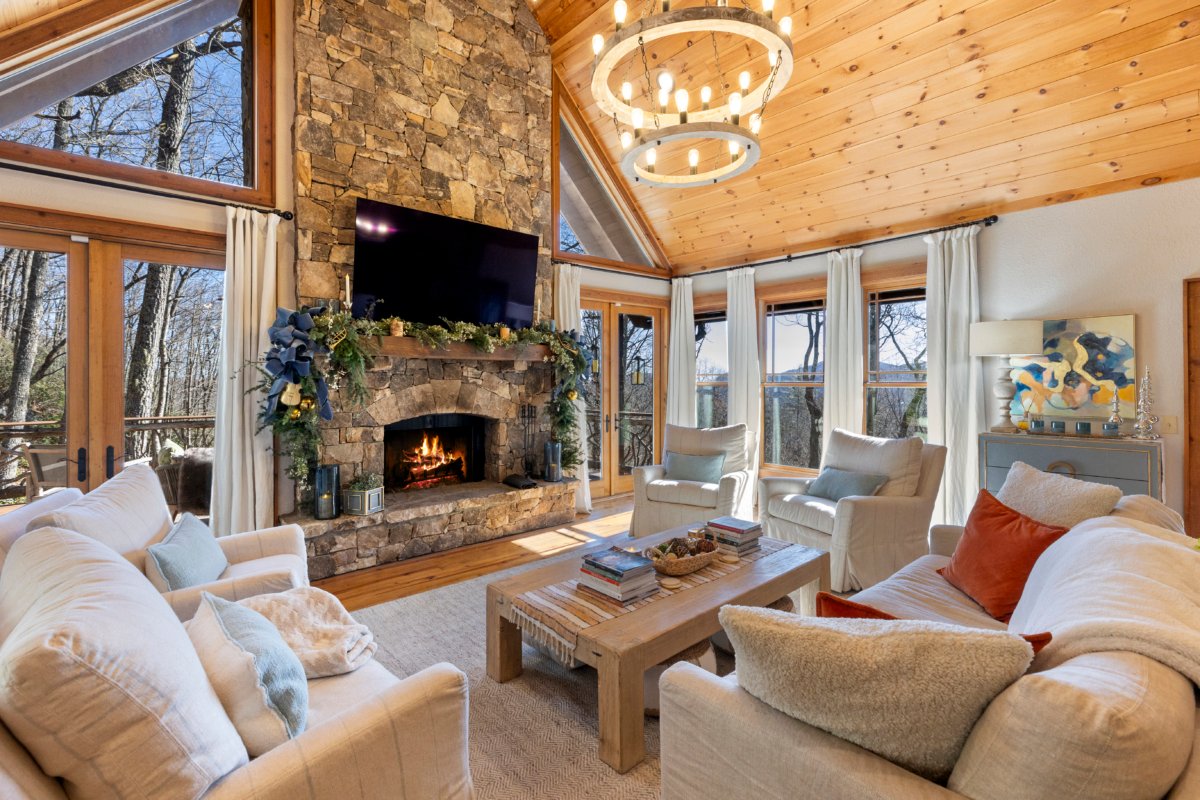
Real Estate Photo Editing
Real estate photo editing is a complex and multifaceted process, involving a range of techniques and strategies to achieve the desired results. From basic adjustments to advanced editing techniques, real estate photo editors must possess a diverse skill set to produce high-quality, visually compelling images.
Lighting and Exposure Adjustments
Proper lighting and exposure are crucial elements in real estate photography, and real estate photo editing can play a vital role in enhancing these aspects. By adjusting the brightness, contrast, and color temperature of an image, editors can create a more inviting and visually appealing atmosphere.
Correcting Uneven Lighting
Uneven lighting is a common challenge in real estate photography, as certain areas of a room may be brighter or darker than others. Real estate photo editors can use various techniques, such as dodging and burning, to even out the lighting and create a more balanced and visually appealing image.
Enhancing Natural Light
Capitalizing on natural light is a key strategy in real estate photography, and real estate photo editing can help maximize the impact of natural lighting. By carefully adjusting the exposure and color temperature, editors can make the most of the available natural light, creating a warm and inviting atmosphere.
Introducing Artificial Lighting
In cases where natural lighting is insufficient or undesirable, real estate photo editors can incorporate artificial lighting to create a more controlled and visually compelling image. This may involve adding fill lights, rim lights, or other lighting elements to enhance the overall aesthetic.
Color and Tone Adjustments
Color and tone are essential elements in real estate photography, as they can significantly impact the overall mood and impression of a property. Real estate photo editors must possess a keen eye for color and a deep understanding of color theory to achieve the desired results.
Balancing Color Temperature
Achieving the correct color temperature is crucial in real estate photography, as it can influence the perceived warmth or coolness of a space. Real estate photo editors can use various tools and techniques, such as white balance adjustments, to ensure that the colors in an image accurately represent the actual environment.
Enhancing Vibrancy and Saturation
Carefully adjusting the vibrancy and saturation of an image can help make a property’s colors more vivid and appealing. Real estate photo editors must strike a delicate balance, ensuring that the colors remain natural and true to life while still capturing the viewer’s attention.
Creating a Cohesive Color Palette
Establishing a cohesive color palette across a set of real estate photographs is essential for creating a visually consistent and professional-looking portfolio. Real estate photo editors can use various color grading techniques to ensure that all the images in a listing share a common aesthetic.
Compositional Adjustments
Composition is a critical element in real estate photography, as it can significantly impact the way a property is perceived. Real estate photo editors must possess a strong understanding of compositional principles to enhance the visual appeal of a property.
Framing and Cropping
Effective framing and cropping can draw the viewer’s attention to the most important aspects of a property, highlighting its best features and creating a sense of balance and harmony within the image. Real estate photo editors must carefully consider the placement of key elements, as well as the overall proportions of the frame.
Perspective and Angle Adjustments
Adjusting the perspective and camera angle can have a profound impact on the way a property is perceived. Real estate photo editors can use various techniques, such as lens distortion correction and vertical alignment, to create a more accurate and visually appealing representation of the space.
Enhancing Visual Interest
Real estate photo editors can use a variety of compositional techniques, such as leading lines, symmetry, and the rule of thirds, to create a sense of visual interest and draw the viewer’s eye to the most compelling aspects of a property.
Advanced Real Estate Photo Editing Techniques
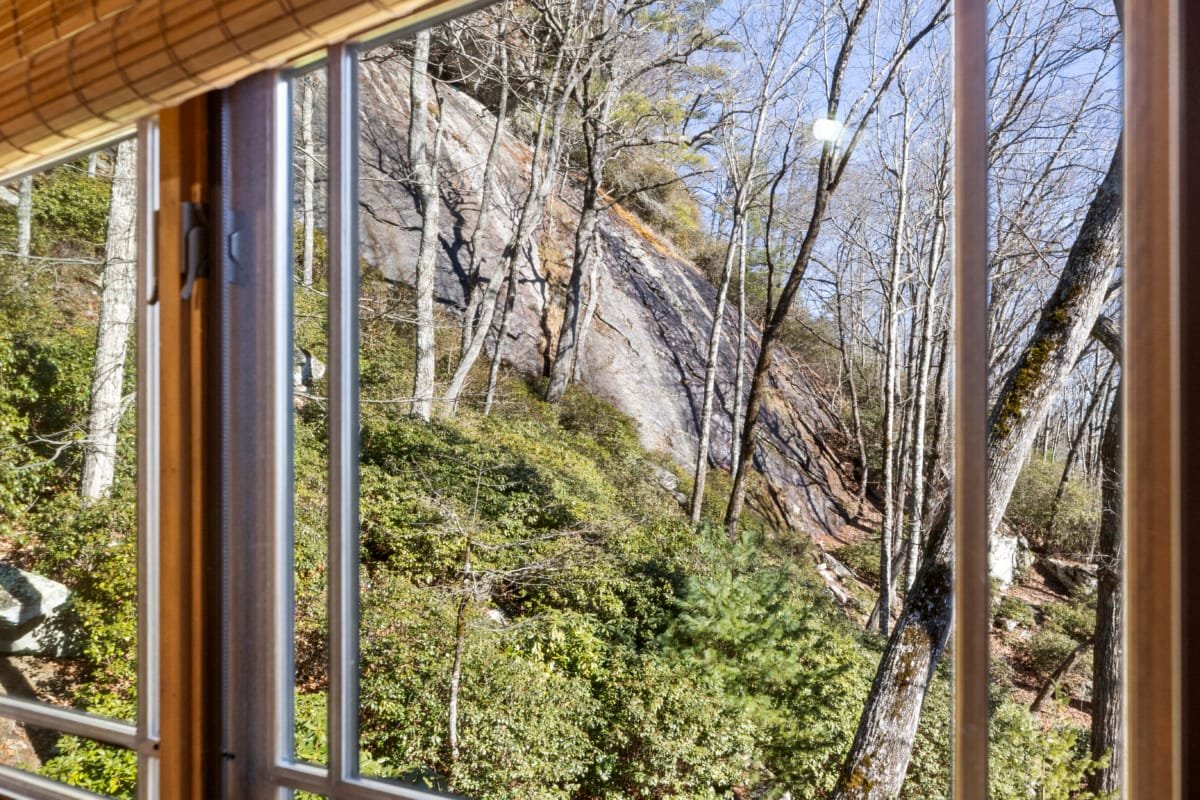
Real Estate Photo Editing
As the real estate market becomes increasingly competitive, real estate photo editors must continuously expand their skillset and explore more advanced techniques to stay ahead of the curve. From virtual staging to image compositing, these advanced techniques can help real estate professionals create truly exceptional and captivating visual representations of their properties.
Virtual Staging
Virtual staging is a powerful tool that allows real estate photo editors to digitally furnish and decorate a property, creating a visually stunning and inviting environment. This technique is particularly useful for vacant or sparsely furnished properties, as it enables editors to showcase the property’s potential and help potential buyers envision themselves living in the space.
Selecting Appropriate Furniture and Decor
One of the key challenges in virtual staging is selecting furniture and decor that not only complement the property’s architecture and style but also appeal to a broad range of potential buyers. Real estate photo editors must possess a keen eye for design and a deep understanding of current trends and preferences.
Seamless Integration
Effective virtual staging requires the editor to seamlessly integrate the digital furniture and decor into the property’s existing environment. This involves carefully considering lighting, perspective, and scale to ensure that the virtual elements appear as natural and authentic as possible.
Maintaining Consistency
When working with multiple rooms or properties, real estate photo editors must maintain a consistent visual style and aesthetic across all virtual staging efforts. This helps create a cohesive and professional-looking portfolio that resonates with potential buyers.
Image Compositing
Image compositing is another advanced technique in real estate photo editing, allowing editors to combine multiple images or elements into a single, seamless composition. This can be particularly useful for creating panoramic or wide-angle views, as well as for addressing any limitations or challenges in the original photography.
Blending Multiple Exposures
One common application of image compositing in real estate photo editing is the blending of multiple exposures to achieve a balanced and visually appealing result. This technique can help address issues such as uneven lighting or high-contrast scenes.
Combining Elements from Different Shots
Real estate photo editors can also use image compositing to combine elements from different shots, such as the interior of a property and its exterior, to create a more comprehensive and visually compelling representation of the space.
Enhancing Depth and Perspective
By carefully compositing multiple images, real estate photo editors can create a greater sense of depth and perspective within a single frame, making the property appear more spacious and inviting.
Conclusion
In today’s highly competitive real estate market, high-quality, visually appealing images are essential for attracting potential buyers and securing successful sales. Real estate photo editing is a crucial process that can transform ordinary photographs into captivating visual representations that showcase a property’s best attributes and help potential buyers envision themselves living in the space.
By mastering a range of techniques, from basic lighting and color adjustments to advanced virtual staging and image compositing, real estate photo editors can create a visually compelling and cohesive portfolio that sets a property apart from the competition. As the real estate industry continues to evolve, staying up-to-date with the latest trends and techniques in real estate photo editing will be essential for real estate professionals who want to stay ahead of the curve and deliver exceptional results for their clients.
Contact me for the best real estate photo editing service.

